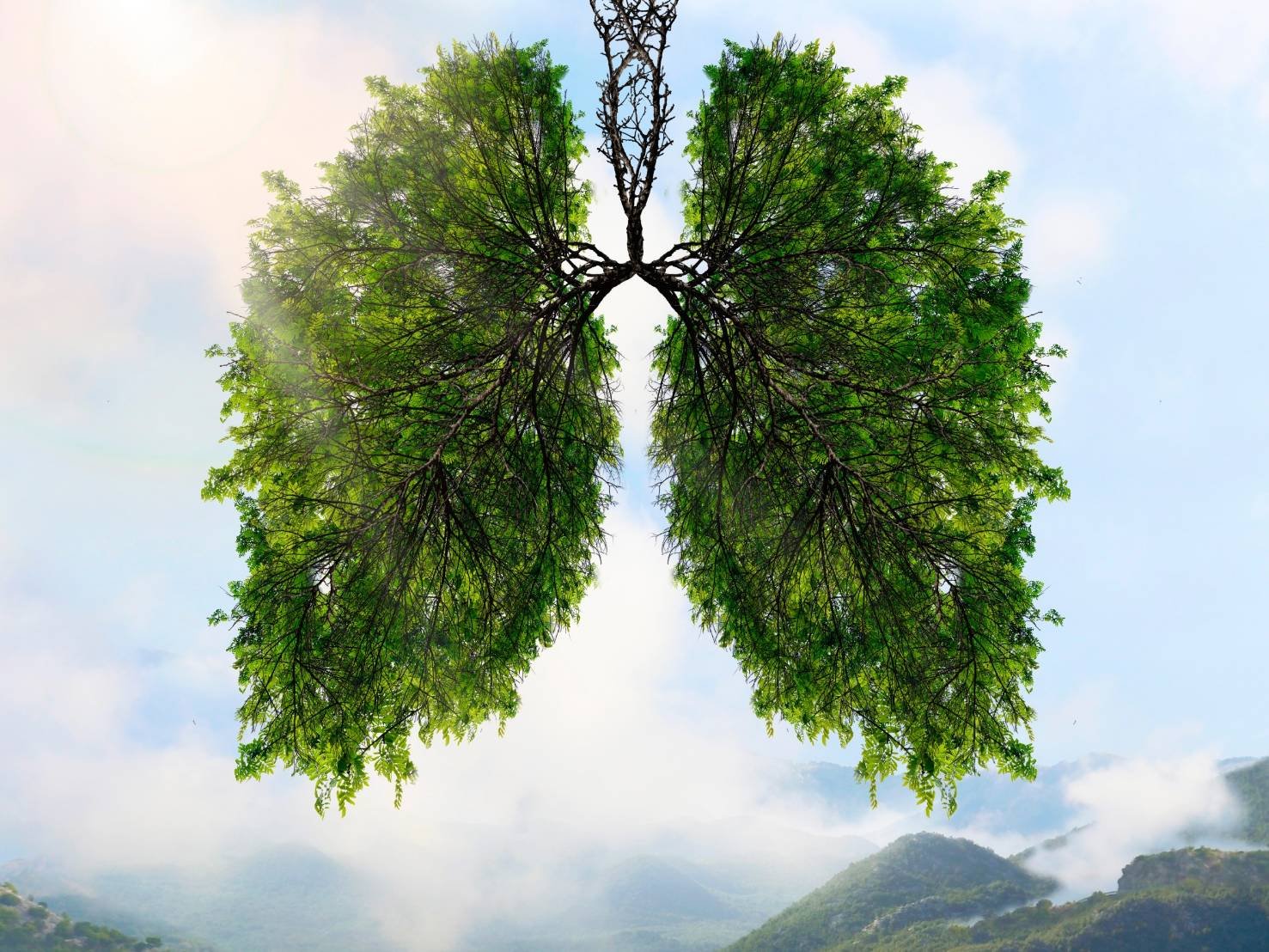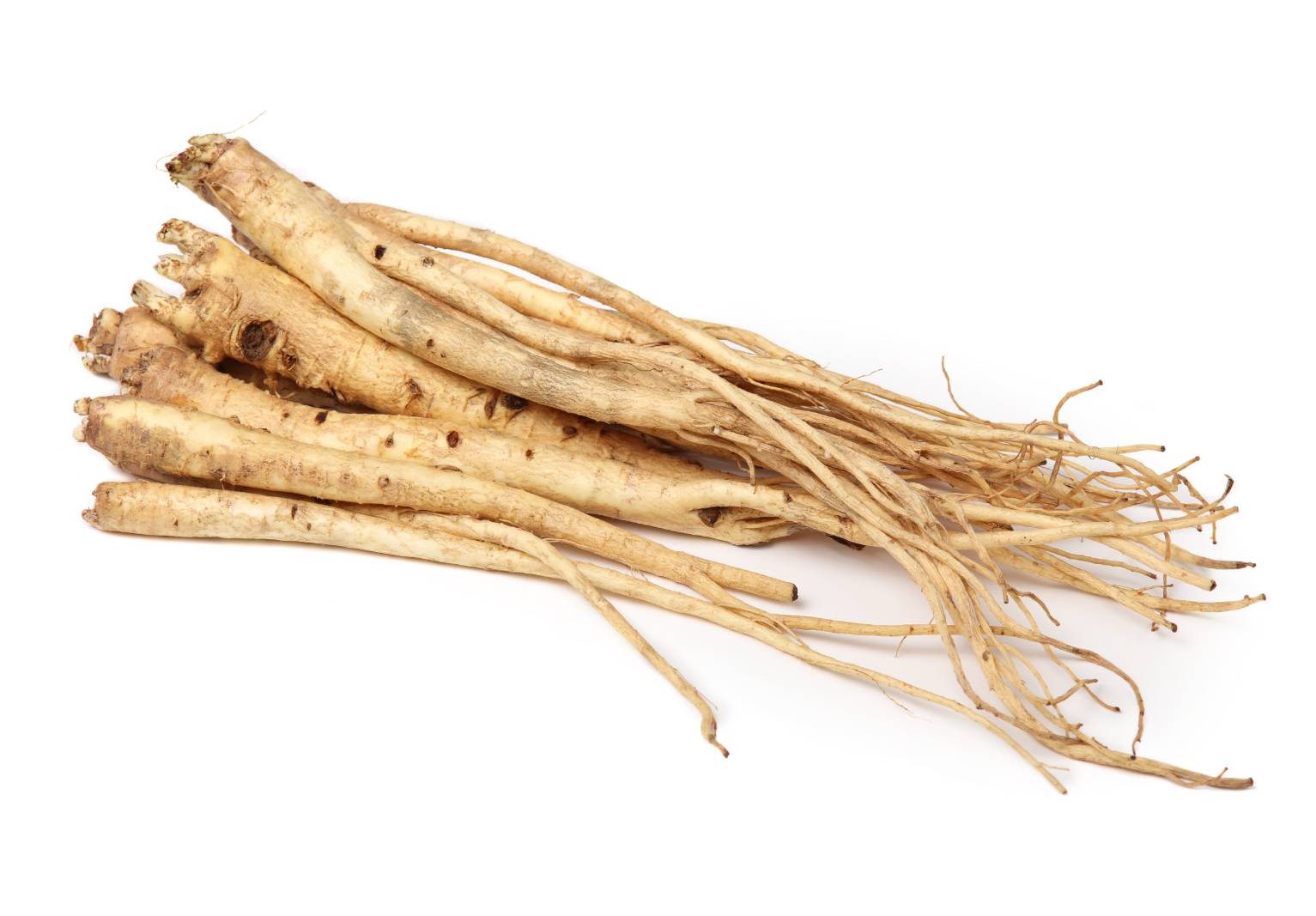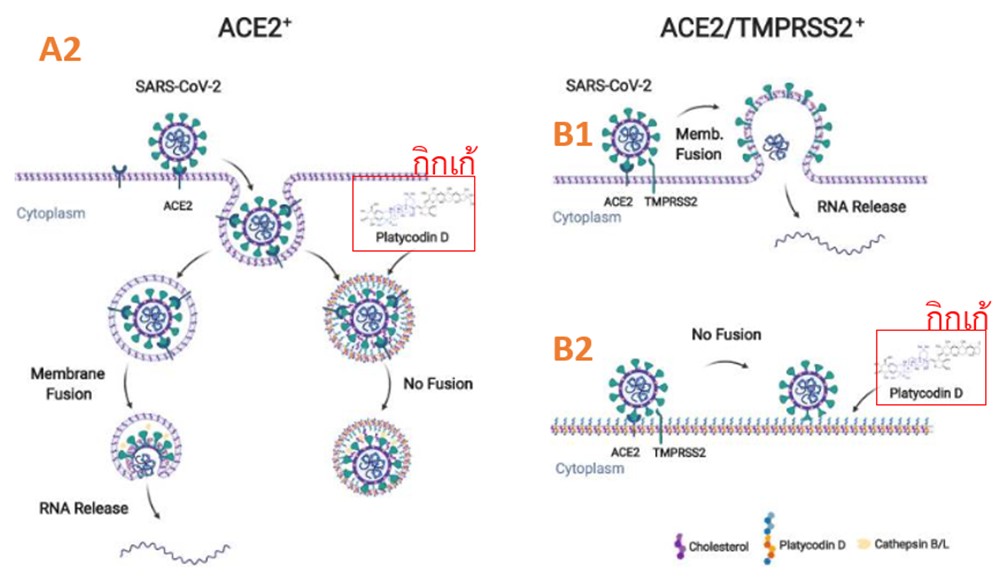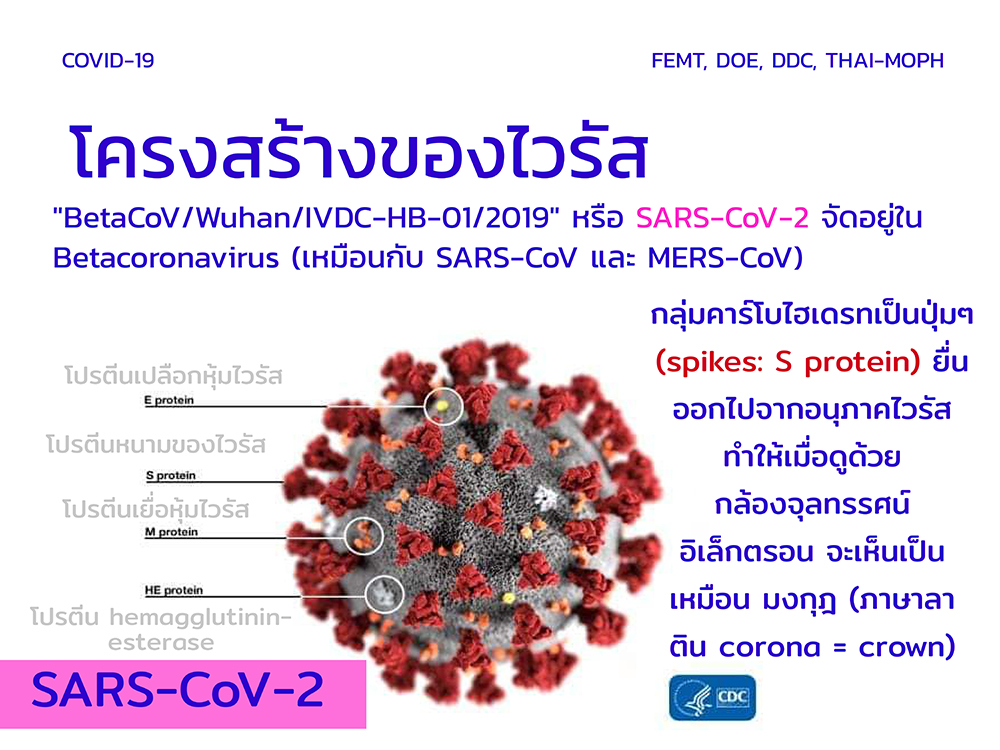Jie Geng, the herb which protects the respiratory system
5279 Views |

Jie Geng, a traditional herb used in East Asia such as China, Korea, and Japan, has been used for centuries. They are commonly known as “Balloon Flowers” due to the balloon-like shape of their buds.


Jie Geng root is used in food and medicinal form. It can be used to relieve cough, bronchitis, asthma, and pneumonia, there is also research on preventing infections that cause COVID. So how does Jie Geng work in the respiratory system? How to help with COVID? Why it can help alleviate these symptoms? Let's see.
One of the main characteristics that Jie Geng helps relieve respiratory symptoms is its
anti-inflammatory effect. Inflammation is your body's natural response to injury or infection.
If we let the inflammation in the body for a long time until it becomes a chronic inflammation, it can lead to respiratory diseases such as asthma, pneumonia, COPD, or chronic obstructive pulmonary disease.

In the Wei Gao study, Gao W et al. (2017), found that Jie Geng significantly protects the lungs from tobacco smoke by inhibiting the production of pro-inflammatory cytokines from cigarette smoke. These cytokines play an important role in the pathogenesis of respiratory disease. Speak plainly to see the picture clearly, if we eat Jie Geng, the active ingredients in
Jie Geng will be absorbed to reduce substances that cause inflammation in the throat to reduce coughing and it can reduce sore throat.
Moreover, Jie Geng also has antioxidant ability which has the effect of relieving the symptoms of diseases in the respiratory system. Oxidative stress is a major contributor to the exacerbation of respiratory disease. Because free radicals will destroy the respiratory epithelium and impaired lung function. Jie Geng has antioxidant ability due to its presence of flavonoids, phenolic acids and saponins. For example, a study by Yun-Jeong Ji et al. (2021). Jie Geng increases the activity of antioxidant enzymes such as superoxide dismutase (SOD) and catalase (CAT), which reduce the production of free radicals significantly.
And in the year 2021, Experimental & Molecular Medicine (a medical journal from Korea) published research on the important substances in Jie Geng preventing SARS-CoV-2 infection (Covid-19 pathogen) from the lysosome and TMPRSS2+ channels by disrupting the fusion of human cell membrane and viral cell membrane.

To make it easy to understand, look at an image A2. If the virus twists a doorknob
(a doorknob is a protein on human cell membranes called ACE2) it enters the human
cell membrane. Jie Geng locks the door on the cell membrane that the virus uses to cover itself, make the virus unable to come out and can't continue to increase their number.
Image B1 is our cell membrane without Jie Geng coating. The virus will unscrew these two doorknobs (the human membrane proteins ACE2 and TMPRSS2), removes its cloak
(membrane fusion is the fusion of the human cell membrane with the viral membrane), and places itself inside our cells to continue to multiply the virus in our body.
Finally, the B2 image is the Jie Geng coated on our cell membranes. It went to lock the doorway of the virus causing them to not enter the cells in our bodies, Tai Young Kim et al.(2021).

However, there are other doors through which the virus can enter our cells. Because the virus has many keys (Spike protein or spikes on the surface of the virus). Eating Jie Geng, therefore, doesn't prevent the virus from entering our cells 100%. Jie Geng is only a part that reduces the chance of the virus entering our cells only. The important thing that will greatly reduce the chance of infection is still wearing a mask and not being in a risky area. And let the herbs be
immune boosters next to you together.
In summary, Jie Geng is a herb that helps to support the respiratory system. It has an anti-inflammatory ability, an antioxidant, and reduces the chance that the virus that causes COVID enters the cell. Helps relieve the symptoms of various respiratory diseases such as cough, sore throat, bronchitis, asthma, and pneumonia. You can see from the references at the end of this article. However, in the article, the author uses a metaphor to replace difficult words to make them easier to understand.
If have more questions about health care, you can contact us at Line (LINE ID: @healthyclub) or via the Facebook Saithong (https://www.facebook.com/Herb.by.saithong).
Gratitude to research sources citing
1. Gao W et al. Platycodin D protects against cigarette smoke-induced lung inflammation in mice. Int Immunopharmacol. 2017 Jun. Access online: https://doi.org/10.1016/j.intimp.2017.03.009
2. Yun-Jeong Ji et al. Crude Saponin from Platycodon grandiflorum Attenuates Aβ-Induced Neurotoxicity via Antioxidant, Anti-Inflammatory and Anti-Apoptotic Signaling Pathways. Antioxidants (Basel). 2021 Dec. Access online: https://doi: 10.3390/antiox10121968
3. Tai Young Kim et al. Platycodin D, a natural component of Platycodon grandiflorum, prevents both lysosome- and TMPRSS2-driven SARS-CoV-2 infection by hindering membrane fusion. Exp Mol Med. 2021 May. Access online: https://doi: 10.1038/s12276-021-00624-9



